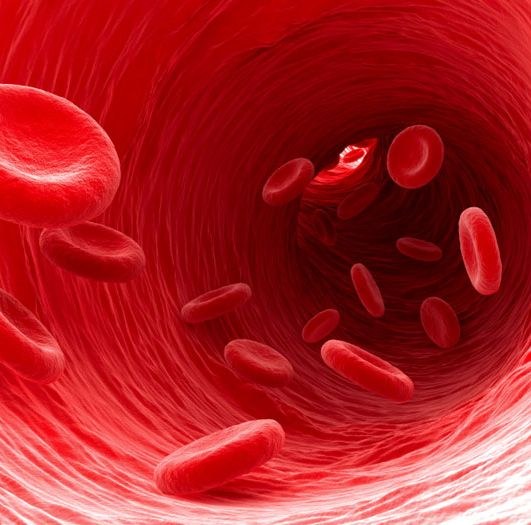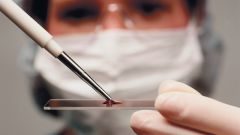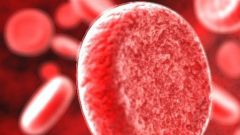Instruction
1
The decrease in the viscosity of the blood contribute to the diet and drinking regime. Drink at least one and a half liters of fluid a day. Well thins the blood green and herbal tea, vegetable and fruit juices. Especially useful for the juice of red grapes, which contain flavonoids. Drink at least one glass of fresh juice daily.
2
Power need to balance, it should be enough protein, fat, carbohydrates and micronutrients. To provide the body with building material for the restoration of the membranes of blood cells and vessel walls, it is necessary to consume the whole set of amino acids. A lot of them in meat, but it still contains saturated fats. So as not to interfere with the process of reducing the viscosity of blood, limit meat products.
3
Get in the habit instead of meat on hot there is a marine fish, it is a source of many essential amino acids. Protein-rich dairy products, poultry, meat, Turkey and chicken, and eggs.
4
From the entire set of amino acids on the viscosity of blood has the effect of taurine. This amino acid is contained in fish and seafood – clams, shrimp and squid. To normalize the viscosity of blood , eat 200 grams of squid twice a week.
5
In the diet must contain omega-3 unsaturated fatty acids. Of them the body produces prostaglandins, which lower cholesterol and reduce the viscosity of blood. In large quantities they are contained in fish and extra virgin olive oil is cold pressed. An additional source of these acids is Flaxseed oil. For the normalization of the rheological functions of blood take Flaxseed oil 1 tablespoon per day after a meal.
6
Don't forget about nuts - in addition to the beneficial fatty acids they are rich in protein and minerals. And walnuts and almonds contain arginine acid that the body produces nitric oxide. He is involved in the process of reducing the viscosity of blood, so eat 30 grams of nuts every day.
7
Regularly eat seaweed, it improves the assimilation of proteins, iron and phosphorus. In addition, the enzymes contained in seaweed, reduces the content of low-density lipoproteins, thereby reducing the viscosity of blood. If you don't like to eat it as a salad or side dish, you can dry grind the sprouts in a coffee grinder and add to food instead of salt.
8
To reduce the viscosity of the blood contribute to the onion and garlic. Every day eat one clove of garlic and half-raw onions of medium size. Of the substance contained therein and protects the blood from free radicals, thus preventing them from sticking together.
9
Exclude from the diet of bananas, with increased risk of thrombotic events limit leafy vegetables and yogurt. These products contain large amounts of vitamin K, which enhances clotting of the blood.
10
To reduce the viscosity of blood products are better to eat raw. If the food is subject to heat treatment, instead of frying, use other cooking techniques for example – prepare foods in a double boiler or bake in the oven.




